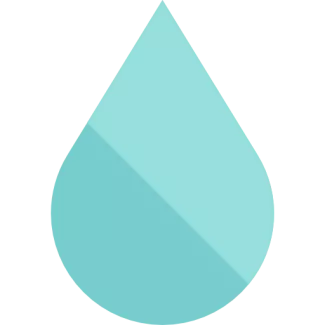
Adding Content
This section introduces site administration for new Drupal 8 users. It covers using the admin account and offers tips on where to start.


Adding Content
This guide assumes you used the standard installation profile, which provides two content types: Basic Page and Article. (If you used the minimal profile, you’ll need to create content types first.)
Before we begin: make sure you are logged in as a user with permission to create content — ask your site administrator if you’re unsure. Otherwise, some fields may not be visible to you.
1. Click “Add content” from the homepage (either in the navigation menu or the admin menu).


Drupal 8 uses the Internal Page Cache module, which is recommended for small to medium-sized sites. This core module, enabled by default, caches pages for anonymous users. It can be found in core/modules/page_cache.
This feature enhances performance by speeding up the site. Pages requested by anonymous users are stored on first load and reused afterward; depending on your site configuration, the performance improvement can be significant.


The term “Cron” refers to automated tasks that your site performs every N hours. For example, it checks whether updates are available for the Drupal core, as well as for any contributed modules and themes you've added.
By default, Cron runs every three hours, but this can be changed to every hour, every six hours (or more). You can run cron manually at any time from the top of the “Reports” > “Status Report” page. Additional modules are available for extended cron functionality.


Drupal allows you to create a new revision each time content is updated. This enables you to track how content has changed over time on your site.
While this feature is now enabled by default, you can change the revision behavior for each content type by going to Administration > Structure > Content Types > Operations > Edit > Publishing Options and checking the “Create new revision” box. This ensures a new revision is created when a node is edited. (Editors can override this setting when editing individual nodes.)


Setting up cron is an important step in building a website and helps maintain site resources for search indexing, checking for core and module updates, and clearing temporary files.
A properly configured cron job manages many tasks:


Drupal 8 provides the Automated Cron module.
We can find this core module in core/modules/automatic_cron.
Compared to Drupal 7
Drupal 7 already had an "automated cron system," but Drupal 8 moved it into a separate module so that sites not using it wouldn’t incur any overhead.


Extend your Drupal 8 site's functionality with additional modules, or change its appearance with additional themes.
This documentation guide describes how to "Extend" your Drupal 8 site beyond the capabilities of the standard Drupal core installation.


Now that you’ve finished installing Drupal 8, you can add additional functionality to your site by installing modules, or customize the look and feel by installing themes.
The standard Drupal core installation has limited features and looks fairly plain. However, Drupal is designed to be modular, making it easy to extend with additional modules and themes.
